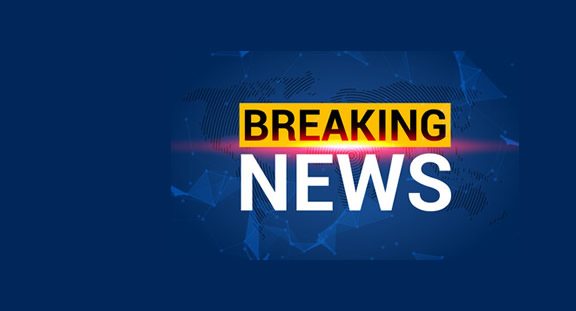OHA release – PORTLAND, Ore. – Starting this week, Oregon public health officials will be calling people who received the first dose of the monkeypox virus (hMPXV) vaccine to encourage and assist them to get their second dose. Tim Menza, M.D., Ph.D., senior health adviser for Oregon Health Authority’s (OHA) monkeypox response, says the calls are from state public health staff and are legitimate. People who receive the calls are encouraged share any questions or concerns with public health staff, then get the second dose as soon as they can. “Completing the monkeypox vaccine series is so important to maximizing your protection against this virus,” Menza said. Those who have received a first dose are eligible to get a second dose if it has been at least 28 days since the first dose. As of Monday, Nov. 7, 16,267 doses of the Jynneos vaccine have been given to people in Oregon, according to OHA figures. That includes 10,993 people who have received at least one dose, of which 5,199 have received both recommended doses. That means 5,794 are eligible to receive the second dose but haven’t gotten it yet. Monkeypox spreads primarily through close skin-to-skin contact. Most commonly during the current outbreak, this has been through intimate or sexual contact. Infection has also occurred during close, skin-to-skin contact with the lesions of an individual with monkeypox through a caregiving relationship, such as a parent caring for a child or an adult caretaker of another person. Much less often, monkeypox could spread through contact with towels, clothing or other objects that have been in contact with monkeypox lesions. Large respiratory droplets or oral fluids that might come from prolonged face-to-face contact could also transmit the virus, but it is uncommon. Most people can receive their second dose intradermally, or just under the skin. Those who have gotten their first dose this way may experience discoloration, itchiness, tenderness and swelling at the site of the vaccination. The shot may even leave a small hard bump. These side effects, especially the discoloration and the bump, may last for weeks. People concerned about these side effects can get the vaccine at a less visible site, such over the upper back or over the shoulder, or in the tissue between the skin and the muscle – also known as subcutaneous. This method is usually given in the back of the arm. Subcutaneous vaccines are always available for people younger than 18. They are also available to those with a history of scarring or who may be more likely to form severe scars called keloids. Menza notes that the vaccine may be given before, after or at the same time as most vaccines, including the flu and COVID-19 vaccines. The vaccine is also safe for people with compromised immune systems, pregnant and breastfeeding people, and people with chronic skin conditions. People who suspect they have monkeypox should contact their health care provider to let them know before going in to be seen. The provider may recommend testing for monkeypox. Those who don’t have a health care provider can call 2-1-1 or their local public health authority to get help finding a clinic or health care provider. For more information about monkeypox and Oregon’s response to the outbreak, visit OHA’s monkeypox (hMPXV) website. Vaccine clinics can also be searched by ZIP code with a “Monkeypox Vaccine Locator” tool available at https://mpoxvaxmap.org/.

